Five minute dog health check
One of the benefits of doing a regular health check is to get to know what is normal for your dog so that you can easily identify any changes. You should perform this basic health check each week, keep a record of your findings and report any areas of concern to your vet. This will also help your dog get used to be handled on a regular basis – helpful when you have to go to the vet.
Eyes
Look in the eyes in their natural open position. They should be clear and bright with no clouding or foreign objects. If you see a foreign object, don’t remove it. If the object is only floating and you are comfortable to do so, you can carefully rinse the eye with saline solution. No discharge should be present except occasionally clear or grey. Gently pull the lower lid down and then the upper lid up by a few millimeters. The inside of the lid should be pink in colour and there should be no unusual eyelid drooping.
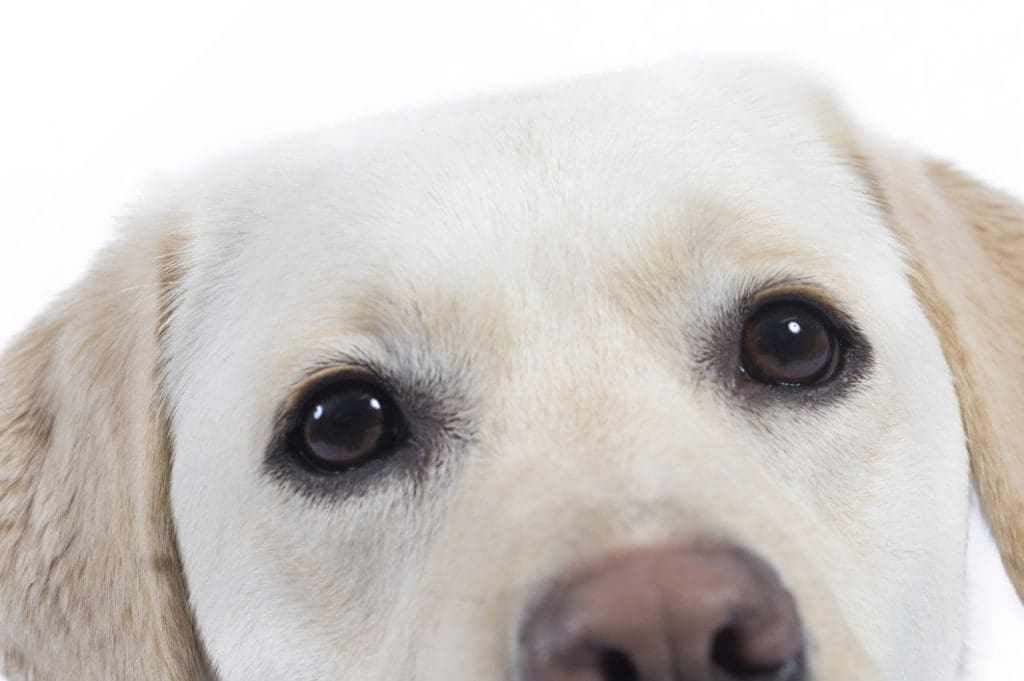
Ears
The skin in the ear should be clean. Normal wax is brown/golden and barely visible. If there is an excessive buildup the inside of the ear can be cleaned with damp cotton wool, and your veterinary practice will show you how to do this. There should be no odour. If odour is present, you should inform your vet as this might mean there is an infection. There should be no significant head shaking, scratching, sensitivity to touch, inflammation/heat, grass seeds or matting.
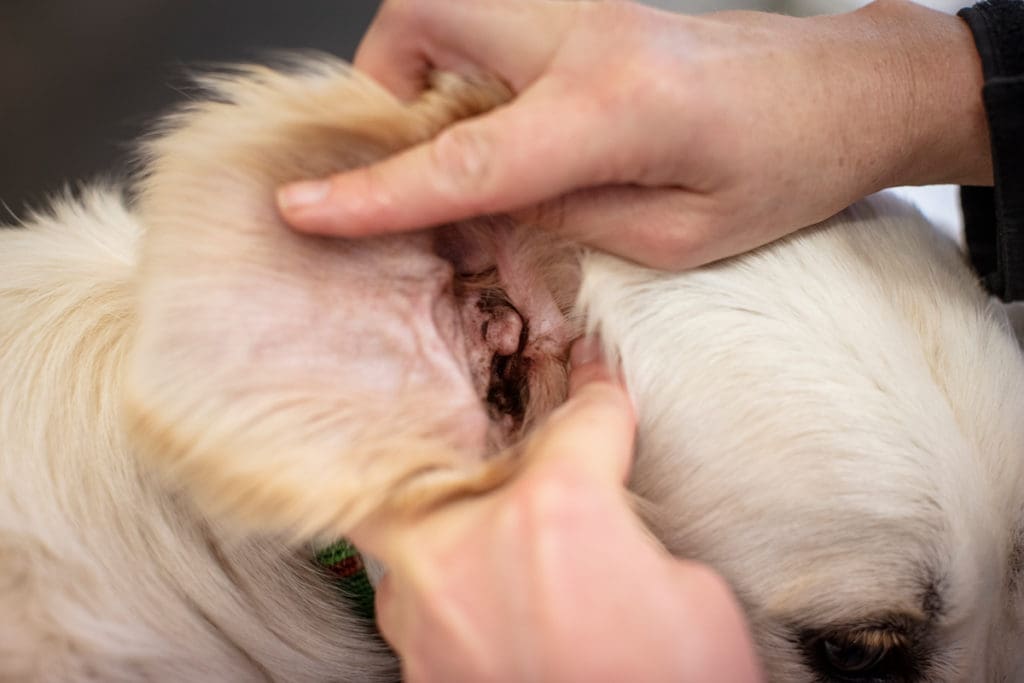
Teeth
They should be clean, white, with very little or no brown colouring. Gums should be pink, dark pigmentation is not unusual. Regular gentle brushing is advised to prevent tartar buildup. Your veterinary practice will show you how to do this to ensure it is as effective as possible without damaging the dog’s sensitive gums. Be aware of your dog’s natural gum colour as changes in this can indicate problems with the dog’s circulation and oxygen levels in their blood.

Feet
Should you notice an unusual brown staining on your dog’s feet, this may be a sign of excessive licking and/or underlying inflammation. No cracks or calluses should be present on pads. Regularly check between toes for any foreign bodies. Nails should be trimmed regularly if not naturally worn down by walking on roads/pavements. Pay special attention to dew claws.
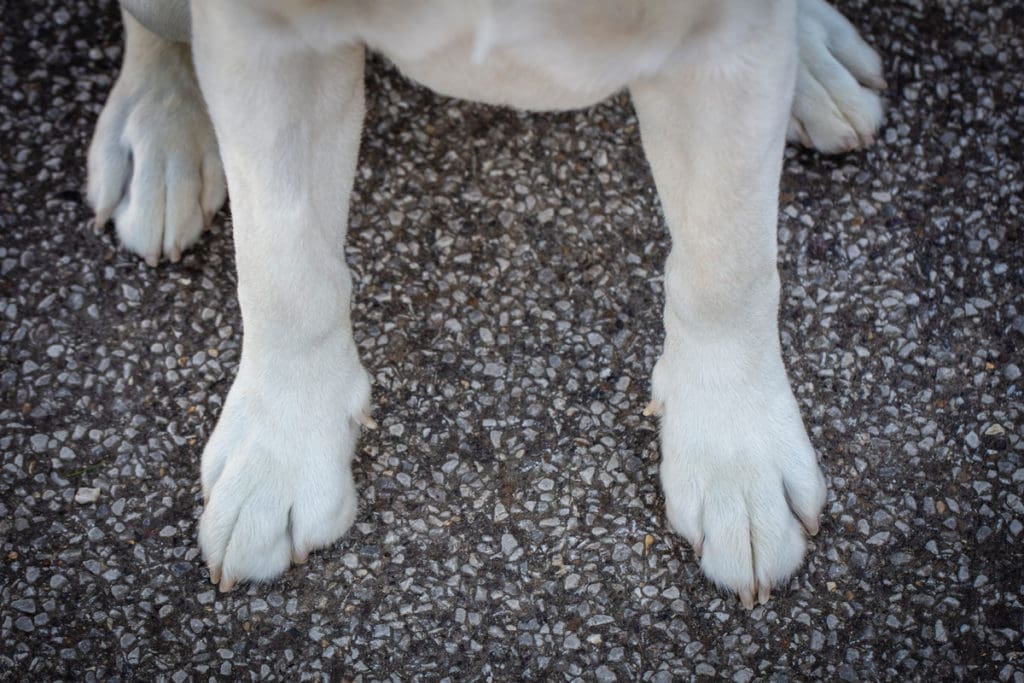
Body
Coat should be healthy with little or no dander (dead skin). Skin should appear clean, with no lumps, fleas or ticks. Ticks are particularly common in summer months and long grass. If your dog starts to scratch, itch or bite certain parts of the body, these may be signs of a reaction to something.
Weight
Make sure to visually check your dog’s shape regularly. Every vets has a set of scales you can use, however you can also use a tape measure at home (measure at the widest part of your dog’s torso). Monitor for weight gain and weight loss.
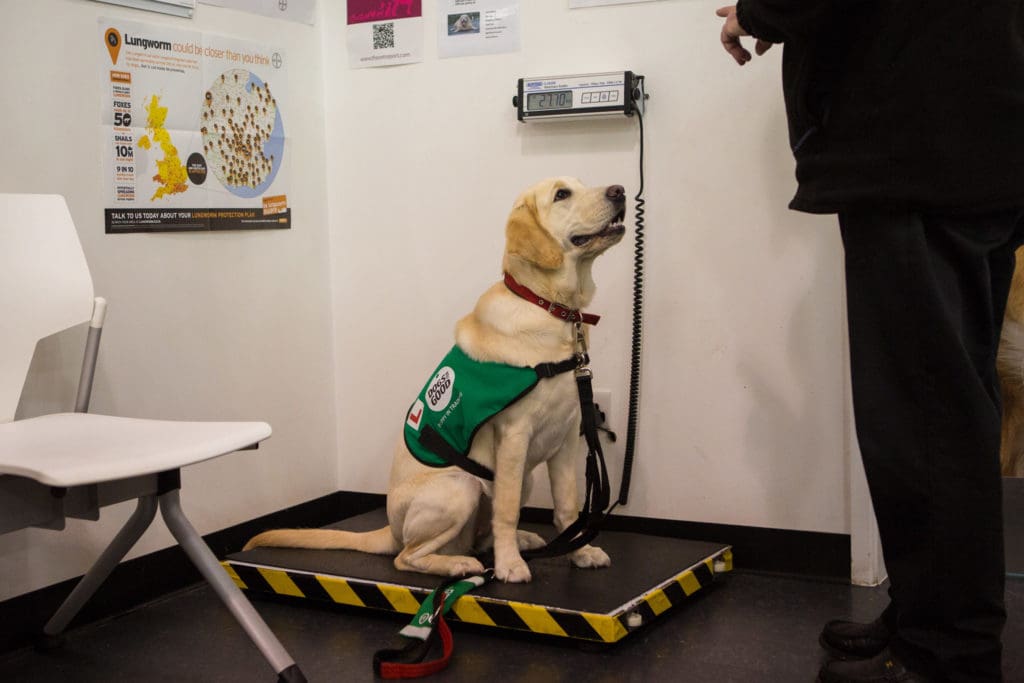
Help support our life-changing work...
Imagine if everyday tasks were so challenging or physically demanding they affected your quality of life. For many people living with a disability of families with a child with autism, that is their reality. Now imagine if a specially trained four-legged friend could restore your, or your family’s, independence.
The demand for our services is high and we can’t help as many people as we would like to without more funding. Please help us continue to bring people and dogs together to help make everyday life possible in so many extraordinary ways.
Every contribution, whatever size, is important and helps us make a difference.
